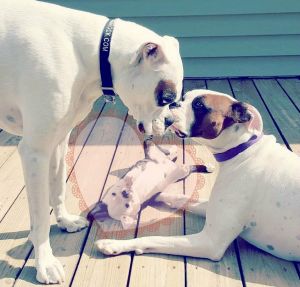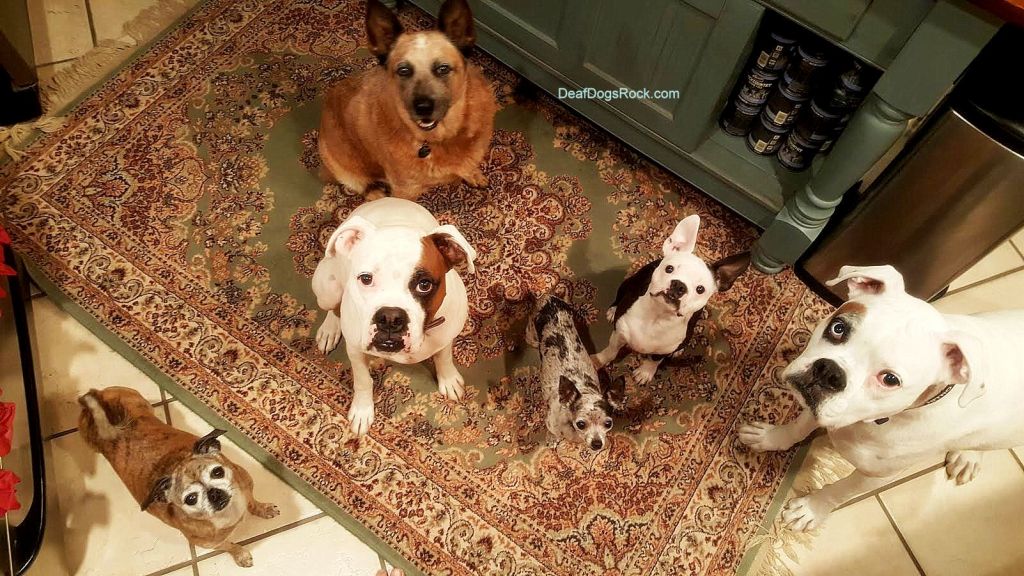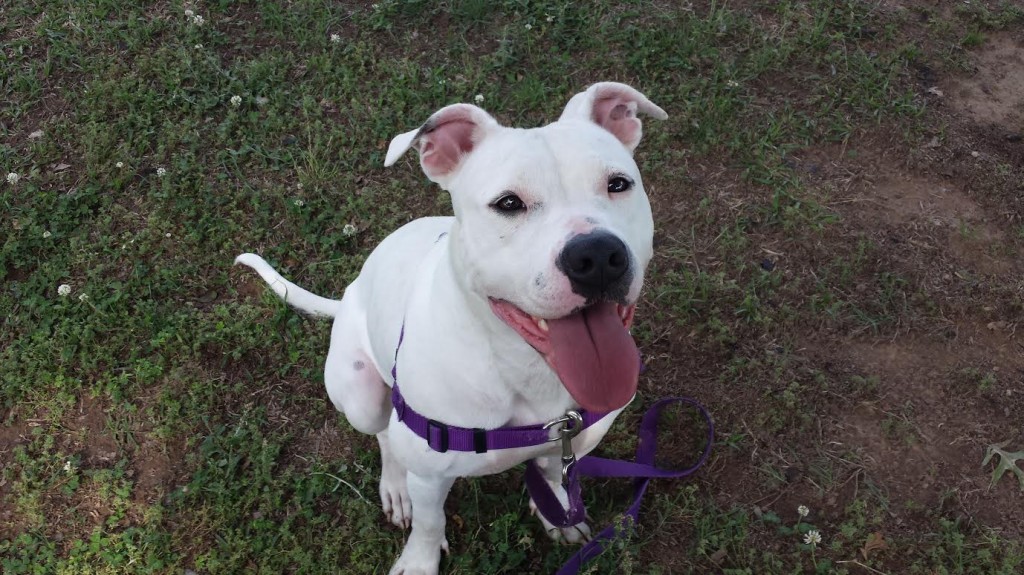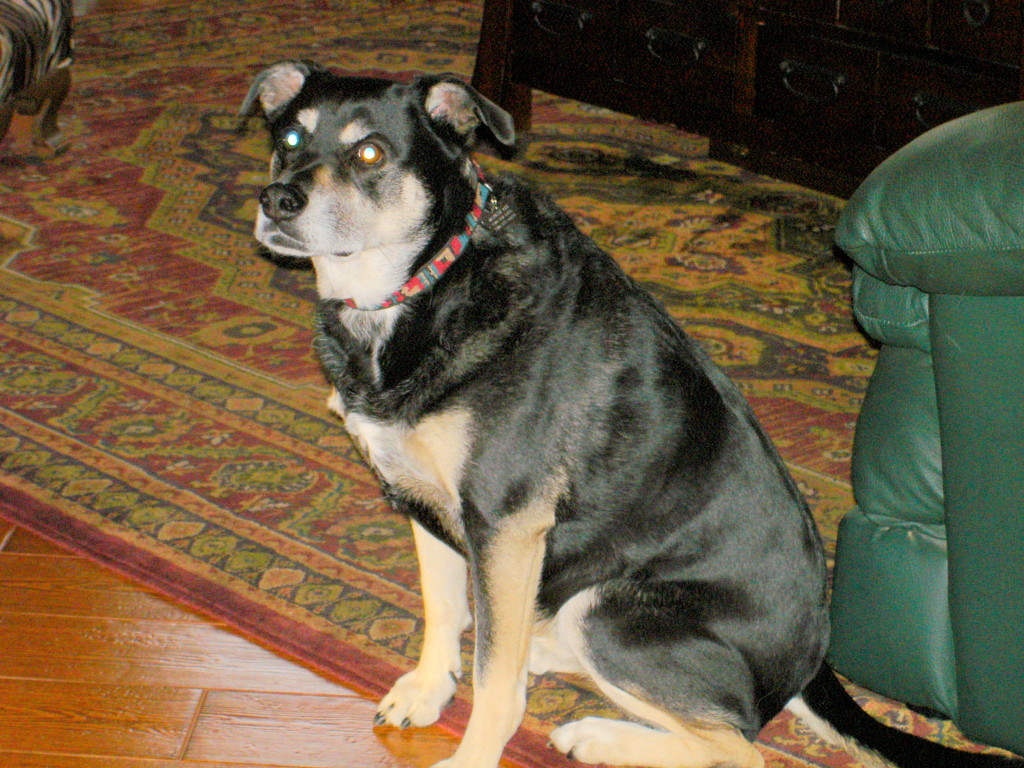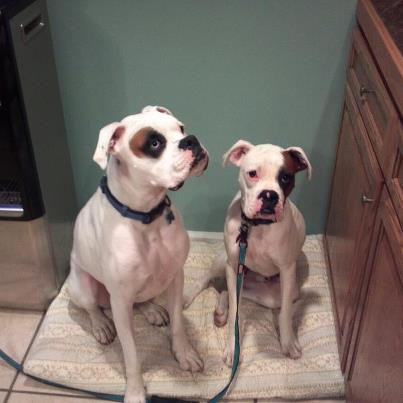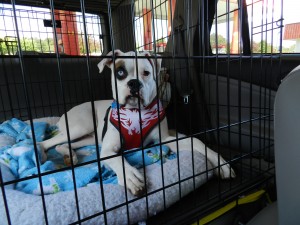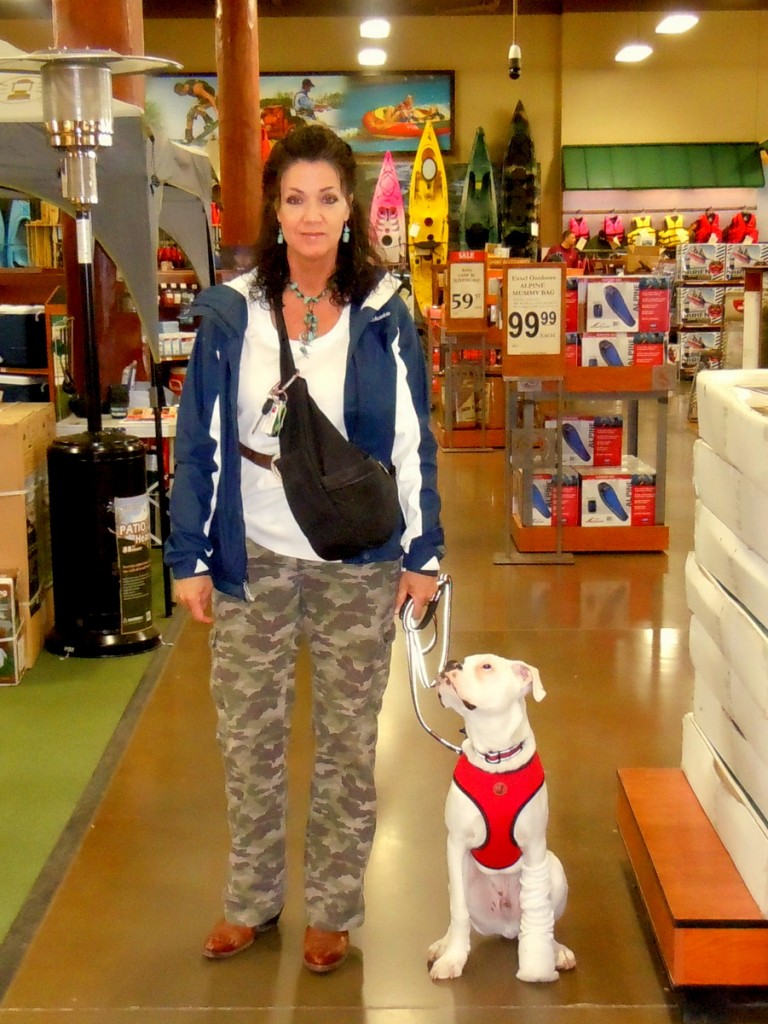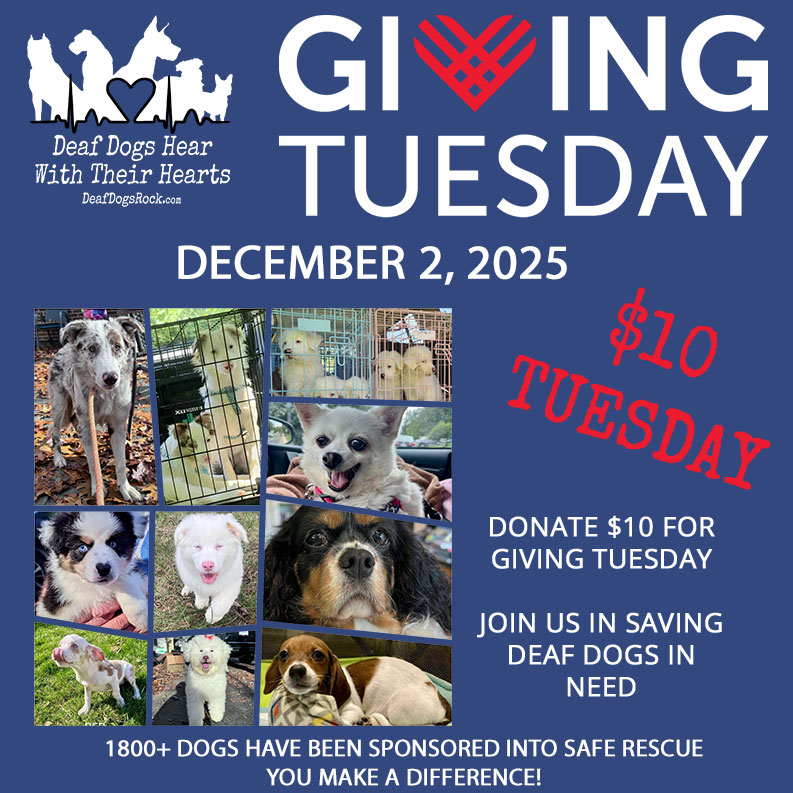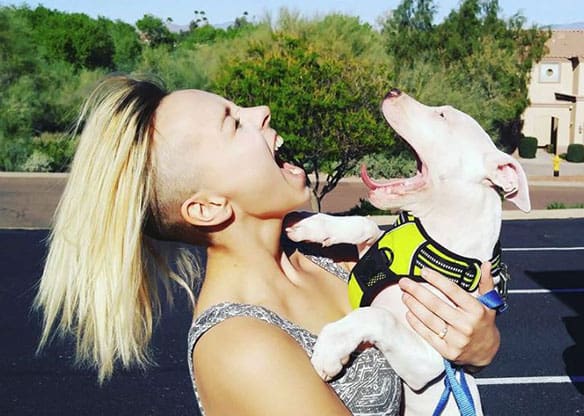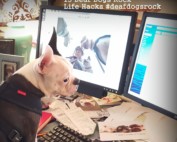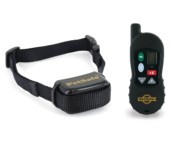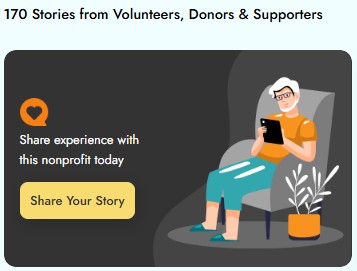The information I am sharing with you has nothing to do with “dominance” training or “the dominate Alpha-Wolf-Roll over” because I don’t believe in that kind of training. At Deaf Dogs Rock if you read our training tips on our training blog, you will see everything featured on our blog is about Positive Reinforcement Training. This information is basically to get deaf dog owners using consistent positive reinforcement training structured throughout the day until it becomes a habit. So with that being said, I am going to share with you the “Nothing Is For Free” training recommended by the the Humane Society.
Since I get so many emails asking about dogs attacking each other or acting out when one dog gets closer to their human then the other dog (then a squabbles breaks out), I wanted to share with all of you Rockers what we do here at Deaf Dogs Rock Headquarters. I am not a professional trainer although I have been training my dogs with some of the best Positive Reinforcement trainers in our region. What I have learned over the many years of living with and training my deaf and hearing dogs is they don’t care who the leader of the pack is what they thrive on is figuring out how to get what they want even if that means they have to work for what they want. My dogs thrive on structure. I think it is important to be a confident handler with my dogs so there is never a question to them on how to live a happy life with little or no conflict.
Most of us probably don’t even realize we are stressing our deaf and hearing dogs out because we are not confident and have a structure in place to build a solid consistent training foundation. I whole heartily believe in Nothing In Life Is Free or Pay to Play training because it has worked so well for us over the years and dogs are like children they need structure.
My dogs have never been “punished”. If you are a regular follower of Deaf Dogs Rock, you know we don’t believe in punishing our dogs but always redirecting them instead.
Nothing In Life For Free Training is a wonderful concept. This method of training is just my personal opinion and it is what has worked for Chris and I here at our farm over the past 15 years.
As soon as implemented Nothing In Life Is Free dog training on my dogs, within a few weeks everything went back to normal and peaceful. Even today with two deaf boxers. a deaf boston terrier, a deaf red heeler and two hearing senior dogs, I still use this training every single day. Since we just added an 8 year old senior heeler Cornell to the mix, we are doing a lot of NILIF training so he knows that we have a very structured home and he always knows what to expect.
Not only does NILIF training make my dog’s “obedience Rock Stars” but in an emergency situation it is so good to have 6 dogs who obey my “wait” command. We do a lot of “sit and wait” training at every meal so the “wait” sign is very important command for all your dogs to know. Daily training and consistency is key with this type of training. I hope you learn as much from the Humane Society’s Nothing In Life Is Free article as Chris and I have and really put it to work for your dogs which in turn will make them happy, healthy, enriched, and confident. ~ Christina Lee – Deaf Dogs Rock
Dog Training: Nothing In Life Is Free Training by The Humane Society of the United States
You’re relaxing on the sofa reading the paper when your dog bumps your leg to get your attention. You ignore him so he plops his ball in your lap.
You ignore him again so, being a persistent pup, he sticks his head under the newspaper, making it impossible for you to read that story about what your neighbor was caught doing. Exasperated, you toss the ball for your dog. Boy, has he got you trained!
Do you wish the roles were reversed?
If so, a training technique called “Nothing in Life is Free” may be just the solution you’re looking for. “Nothing in Life is Free” isn’t a magic pill that will solve a specific behavior problem. Instead, it’s a way of living with your dog that will help him behave better because he trusts and accepts you as his leader and is confident knowing his place in the family.
What is “Nothing in Life is Free”?
You have resources—food, treats, toys, and attention. Your dog wants those resources. Make him earn them. That’s the basis of “Nothing in Life is Free.” When your dog does what you want, he gets rewarded with the thing he wants.
You may also hear this aspect of training called “No Free Lunch” or “Say Please.” Those are just other names for “Nothing in Life is Free.”
ow to practice “Nothing in Life is Free”
1. First, use positive reinforcement methods to teach your dog a few commands and/or tricks. “Sit,” “Down,” “Come,” and “Stay” are useful commands. “Shake,” “Speak,” and “Roll over” are fun tricks to teach your dog.
2. Stop giving away resources. Do you mindlessly pet your dog for no reason? Stop. Your attention is a valuable resource to your dog. Don’t give it away. Make him earn it.
3. Once your dog has mastered a few commands, you can begin to practice “Nothing In Life Is Free.”
Before you give your dog anything (food, a treat, a walk, etc.) he must first perform one of the commands he has learned. For example:
- In order for you to put your dog’s leash on to go for a walk, he must sit until you’ve put the leash on.
- When you feed your dog, he must sit and stay until you’ve put the bowl on the floor.
- Play a game of fetch after work and make your dog sit and “shake hands” each time you throw the toy.
- Rub your dog’s belly while watching TV, but make him lie down and roll over before being petted.
4. Once you’ve given the command, don’t give your dog what he wants until he does what you want. If he refuses to perform the command, don’t give in. Be patient and remember that eventually he will have to obey your command to get what he wants.
5. Make sure your dog knows the command well and understands what you want before you begin practicing “Nothing in Life is Free.”
To read more about the benefits of this technique click here to go to www.humanesociety.org
Consider crate training your dog instead of sleeping with your dog at night. If you have several dogs one of your dogs may see the bed and your nightly snuggles in the bed as a resource and guard the resource. Crate training done in a positive way can be a life saver in an emergency, for traveling and also for keeping your dog safe when you are not at home. We feed Nitro and Bud in their crates. They get fun toys and special treats in their crates. Click here to view crate training.
Obedience Training
If you have not signed up for Positive Reinforcement training (we use a visual signal like an open flash of your hand or a thumbs up sign instead of the sound of a clicker to mark the correct behavior and then treat), then be sure to look in your area and Google Positive Reinforcement Group clicker training classes in your city or town.
When You Need Professional Help
If your dog has already injured you or someone else or if you are afraid of your dog, you should consult with a qualified professional dog behaviorist. Your dog should also have an exam by your vet to make sure there are no physical causes for his behavior.

